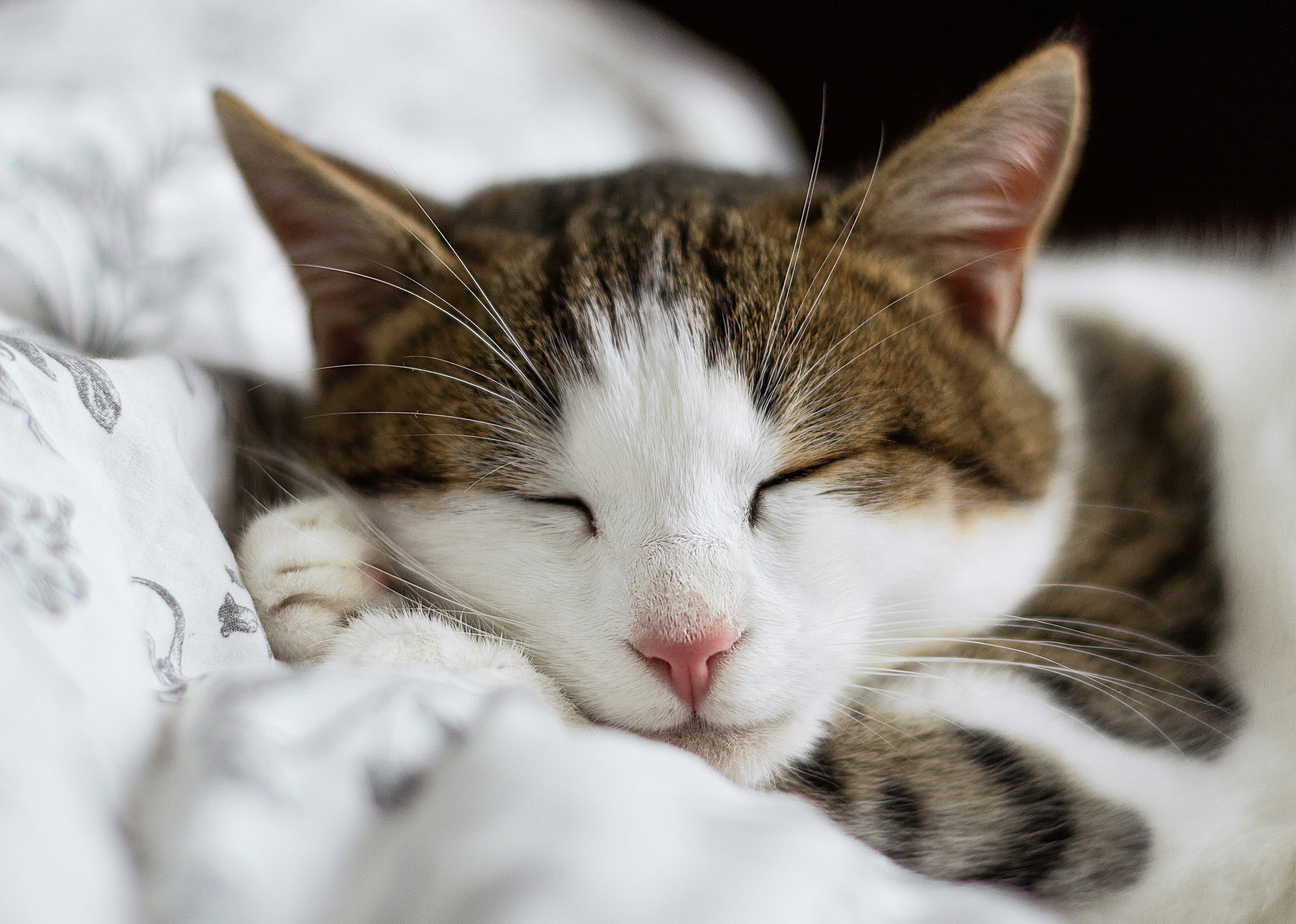Sleepwalking: The Adventures of the Sleepy Zombie 🧟♂️💤

Introduction
Picture this:
It’s the middle of the night, and you’re peacefully snuggled under your blanket, dreaming of pizza.
Suddenly, a loud thump echoes from the hallway. You’re awake—sort of. You peek out from your covers, only to see someone walking toward the fridge, eyes closed, fully unaware of the journey they’re about to undertake.
Is it a ghost? A midnight snack attack? No, it’s just your sleepwalking roommate… again.
Sleepwalking: the phenomenon where your body takes a little stroll while your mind remains in dreamland. While this may sound like something out of a horror movie, it’s surprisingly common. So, let’s dive into the strange, yet strangely hilarious world of sleepwalking. Spoiler: it’s less "zombie apocalypse" and more "dinner is served, but only if I make it to the kitchen first."
1. What is Sleepwalking (and Why Do We Do It)?
First, let’s break down what’s happening when someone sleepwalks. Sleepwalking, also known as somnambulism , is a disorder where a person gets out of bed and engages in activities—like walking, eating, or even driving —while still mostly asleep.
The Sleepwalking Process
Sleepwalking typically occurs during non-REM sleep , specifically during the deeper stages, when the body is physically active but the mind is still in a dream-like state. It’s like your brain is on autopilot, but your body didn’t get the memo.
- Stage 1 : Light sleep. Brain still somewhat aware of surroundings.
- Stage 2 : Deeper sleep. Body relaxes, but some motor functions are still active.
- Stage 3 : Deep sleep. This is where the sleepwalking shenanigans tend to happen.
When you're sleepwalking, your mind is “asleep,” but your motor functions are operating as if you’re awake. It’s like a real-life video game where your character moves, but the player (you) is completely AFK (away from keyboard).
2. Sleepwalking: Is It Just an Excuse for Midnight Snacks?
A common stereotype is that sleepwalkers are simply looking for food—like a zombie craving brains, but with more pizza and leftovers.
While sleepwalking can sometimes involve food, it’s not always about the midnight cravings. The range of activities sleepwalkers get up to is surprisingly varied:
- Going to the bathroom : An innocent yet odd sleepwalking activity. Your body knows exactly where to go, but your mind is busy dreaming of aliens.
- Making a sandwich : Some sleepwalkers have been known to make entire meals without any conscious awareness. No one can resist a good midnight snack!
- Getting dressed : Sleepwalkers have been caught in full-on outfits (including shoes), without ever remembering it the next morning. Did they just get dressed in their sleep, or are they preparing for an all-night rave?
- Driving : This is one of the more dangerous activities and, fortunately, rare. Still, it’s something that can happen, and it’s a great reminder that sleepwalking should never be taken lightly.
3. Common Causes of Sleepwalking: What’s Behind the Strange Stroll?
While sleepwalking might seem like an overnight mystery, it has some real-world causes. Here’s why you might be taking midnight walks when you’re not even aware of it.
💤 Genetics and Family History
Some people are more likely to sleepwalk because it runs in the family. If your parents or siblings have a history of sleepwalking, there’s a good chance you could be the next one moonlighting as a nocturnal wanderer.
🧠 Sleep Deprivation
A lack of quality sleep can throw off your sleep cycle and increase the likelihood of sleepwalking. So, if you’re staying up late binge-watching your favorite show or stressing over work, you might find yourself doing the cha-cha down the hallway at 3 a.m.
💆♂️ Stress and Anxiety
Stress and anxiety are like the party crashers of the sleepwalking world. If your brain is overloaded with worries, it could trigger sleepwalking. That’s your body’s way of getting some "action" while your mind is still in a frenzy.
🛏️ Sleep Disorders
Certain sleep disorders, such as sleep apnea , restless leg syndrome , and narcolepsy , can increase the likelihood of sleepwalking. If you’re having issues with other sleep problems, it’s worth investigating if sleepwalking could be a side effect.
4. The Most Epic Sleepwalking Stories Ever Told
Here are some of the wildest sleepwalking stories from real life. Buckle up—these are better than most TV shows.
🧊 The Sleepwalker Who Made Ice Cream
A man once sleepwalked into his kitchen, made an entire batch of homemade ice cream, and then went back to bed—without any recollection of it. The only evidence was a full freezer and some sticky ice cream spoons in the sink. Dream career: accomplished.
🛒 The Midnight Shopper
A sleepwalker in New York was found pushing a shopping cart through a store at 2 a.m. He had no idea how he got there, but he was seen buying apples, a loaf of bread, and a bottle of ketchup. A classic sleepwalking grocery run.
🏃♂️ The Marathon Sleepwalker
One sleepwalker walked an astounding 12 miles overnight. He ended up at a convenience store in the middle of nowhere, where he woke up and wondered why he was wearing mismatched shoes and holding a bag of chips. Now that’s commitment to the cause.
5. How to Deal with a Sleepwalker (Without Joining Their Midnight Adventures)
If you live with a sleepwalker, it can be a little… unsettling. How do you deal with your housemate’s nightly escapades without becoming a part of the action? Here are some tips.
🛏️ Create a Safe Environment
To reduce the chances of accidents, ensure the sleepwalker’s path is clear. Keep doors and windows locked, move furniture out of the way, and make sure there are no sharp objects lying around. You don’t want to wake up in the middle of the night and find a sleepwalker trying to build an obstacle course in your living room.
🛌 Gently Guide Them Back to Bed
If your sleepwalking housemate is up and about, try to gently guide them back to bed without startling them. It’s best to avoid shaking them awake, as it can cause confusion or aggression (because, you know, sleepwalking zombies are not the most rational beings).
⏰ Keep a Consistent Sleep Schedule
If sleepwalking is a recurring issue, maintaining a regular sleep schedule can help. The more rested the person is, the less likely they are to engage in nighttime wanderings.
6. Conclusion: Is Sleepwalking Really That Bad?
So, is sleepwalking just a weird quirk of the human experience, or is it a sign that we’re all secretly living out our zombie fantasies? Well, a little of both.
While sleepwalking can be amusing (or terrifying), it’s usually harmless, especially if the sleepwalker is in a safe environment. However, if sleepwalking becomes frequent or dangerous, it’s worth seeking professional help.
Ultimately, whether you’re the one sleepwalking or the one left to pick up the pieces (literally), just remember: it’s all part of the crazy, unpredictable world of sleep.
“Sleepwalking is just like an all-night party—except no one remembers what happened the next day.” — Probably a sleepwalking philosopher.




